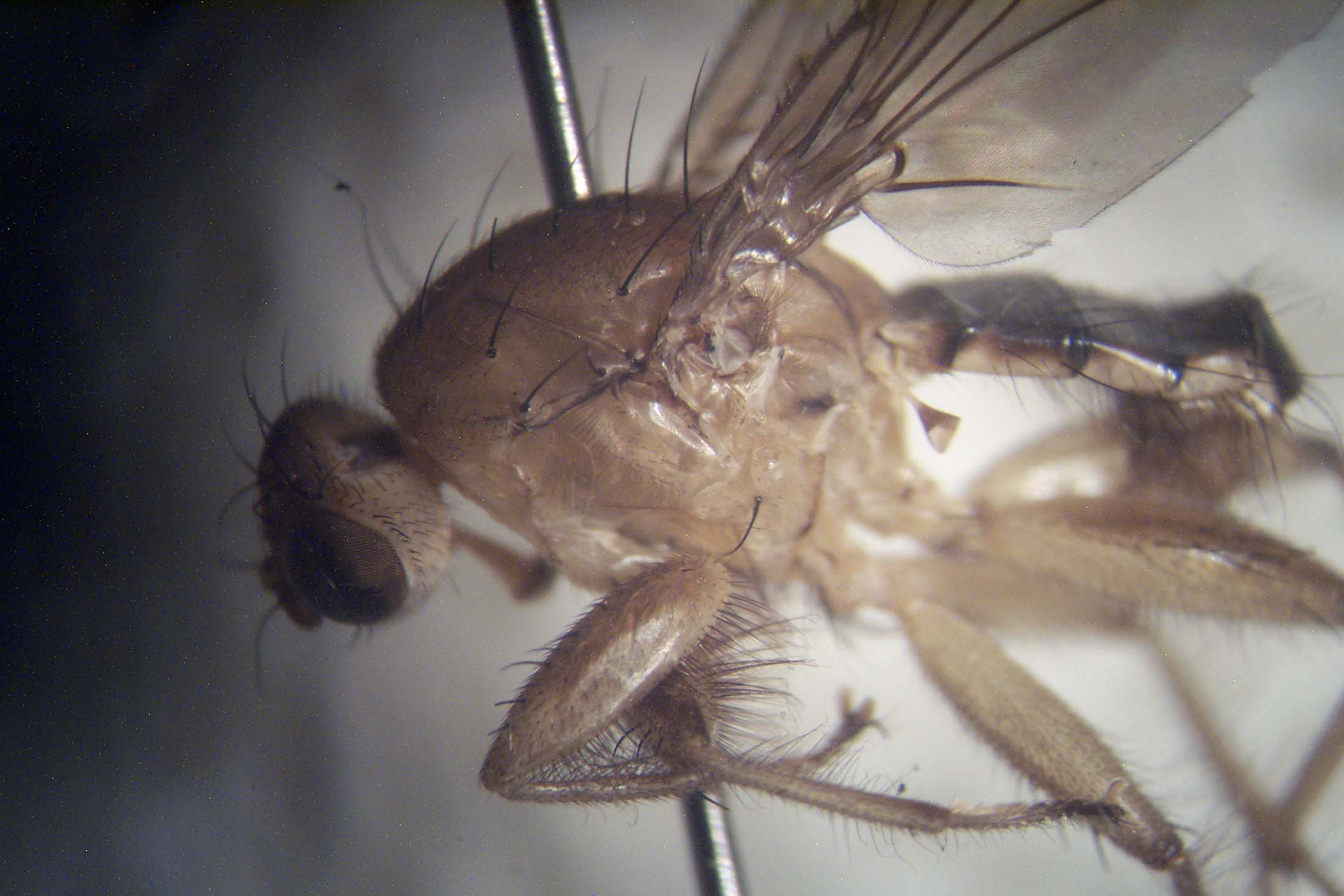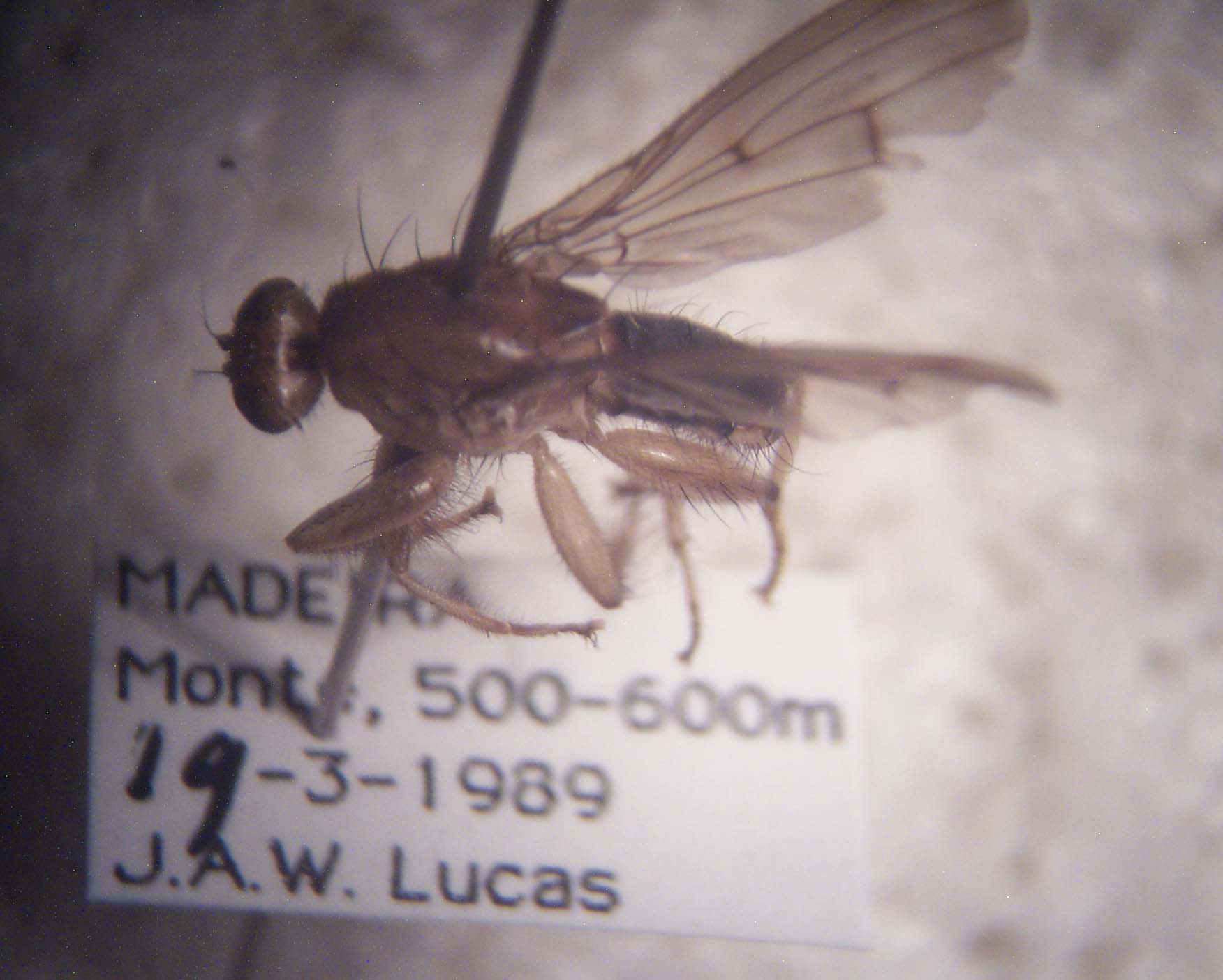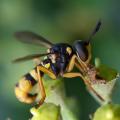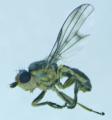Diptera.info :: Identification queries :: Diptera (adults)
Who is here? 1 guest(s)
|
weird Suillia from Madeira
|
|
| rvanderweele |
Posted on 31-03-2010 22:04
|
|
Member Location: Zoelmond, the Netherlands Posts: 1984 Joined: 01.11.06 |
Good day fly lovers and friends, a strange looking Suillia from Madeira collected inon 19-3-1989 at 500-60m altitude. Of course, again, the photo`s are bad, but nevertheless... At first I thought about S. oceana, but it is not. The tergits are very glossy blackish/very dark brown. Mesopleura is hairy, arista very long plumose like a variegata. The end half of the palpi is blackish... All tibiae have extremely long hairs ventrally, much longer than the femurs are thick. Also the tergits of the abdomen are covered with long hairs. I would like to know which species it is. rvanderweele attached the following image:  [190.33Kb] ruud van der weele rvanderweele@gmail.com |
|
|
|
| rvanderweele |
Posted on 31-03-2010 22:06
|
|
Member Location: Zoelmond, the Netherlands Posts: 1984 Joined: 01.11.06 |
a second pic
rvanderweele attached the following image:  [123.5Kb] ruud van der weele rvanderweele@gmail.com |
|
|
|
| Nikita Vikhrev |
Posted on 31-03-2010 22:58
|
|
Member Location: Moscow, Russia Posts: 9306 Joined: 24.05.05 |
Either S.innotata or S.oceana
Nikita Vikhrev - Zool Museum of Moscow University |
|
|
|
| rvanderweele |
Posted on 31-03-2010 23:24
|
|
Member Location: Zoelmond, the Netherlands Posts: 1984 Joined: 01.11.06 |
Very well possible is is S innotata. I will check it later this week. A very peculiar animal! Thanks! ruud van der weele rvanderweele@gmail.com |
|
|
|
| phil withers |
Posted on 01-04-2010 00:17
|
|
Member Location: Lyon, France Posts: 521 Joined: 04.03.08 |
I don't know why you would think this is not oceana - it is exactly like the oceana material I have (and this is what it should look like) |
|
|
|
| rvanderweele |
Posted on 01-04-2010 06:22
|
|
Member Location: Zoelmond, the Netherlands Posts: 1984 Joined: 01.11.06 |
I checked it with the description of Czerny. I believe that the descriptions and this specimen do not fit. The fly is in my study, I am enjoying my breakfast now, so am unable to tell you exactly where they differ, I will do later this evening or perhaps tomorrow, but I remember that Czerny mentions several brown spots on the thorax. I can't find them back on this animal. And so there are some more
ruud van der weele rvanderweele@gmail.com |
|
|
|
| rvanderweele |
Posted on 01-04-2010 20:05
|
|
Member Location: Zoelmond, the Netherlands Posts: 1984 Joined: 01.11.06 |
If you take the key of Czerny of the Suillia's in the Fliegen of the Pal. Region on page 7 at point 5 you see that Czerny says that the palpi of innotata are yellow. If you go to the description of S. innotata on page 15 you read:"Taster an der Spitzenhaelfte schwarz"! I think there is a mistake in the key. Looking at the specimen from Madeira and using the full description of the species in Czerny I think it is rather innotata than oceana, though the abdomen is quite glossy as mentioned for oceana. In the description of S. oceana so many different spots on the head and thorax are mentioned. If there are some spots on the specimen they are so weak. S. innotata fits perfectly. Question, maybe a barbarian one, aren't innotata and oceana some the same species???? ruud van der weele rvanderweele@gmail.com |
|
|
|
| Andrzej |
Posted on 12-04-2010 20:00
|
|
Member Location: Poland Posts: 2347 Joined: 05.01.06 |
Finally identified to the species level: S. innotata (Becker)  Andrzej Andrzej
dr. A. J. Woznica, Institute of Environmental Biology, Wroclaw University of Environmental & Life Sciences |
|
|
|
| Jump to Forum: |














